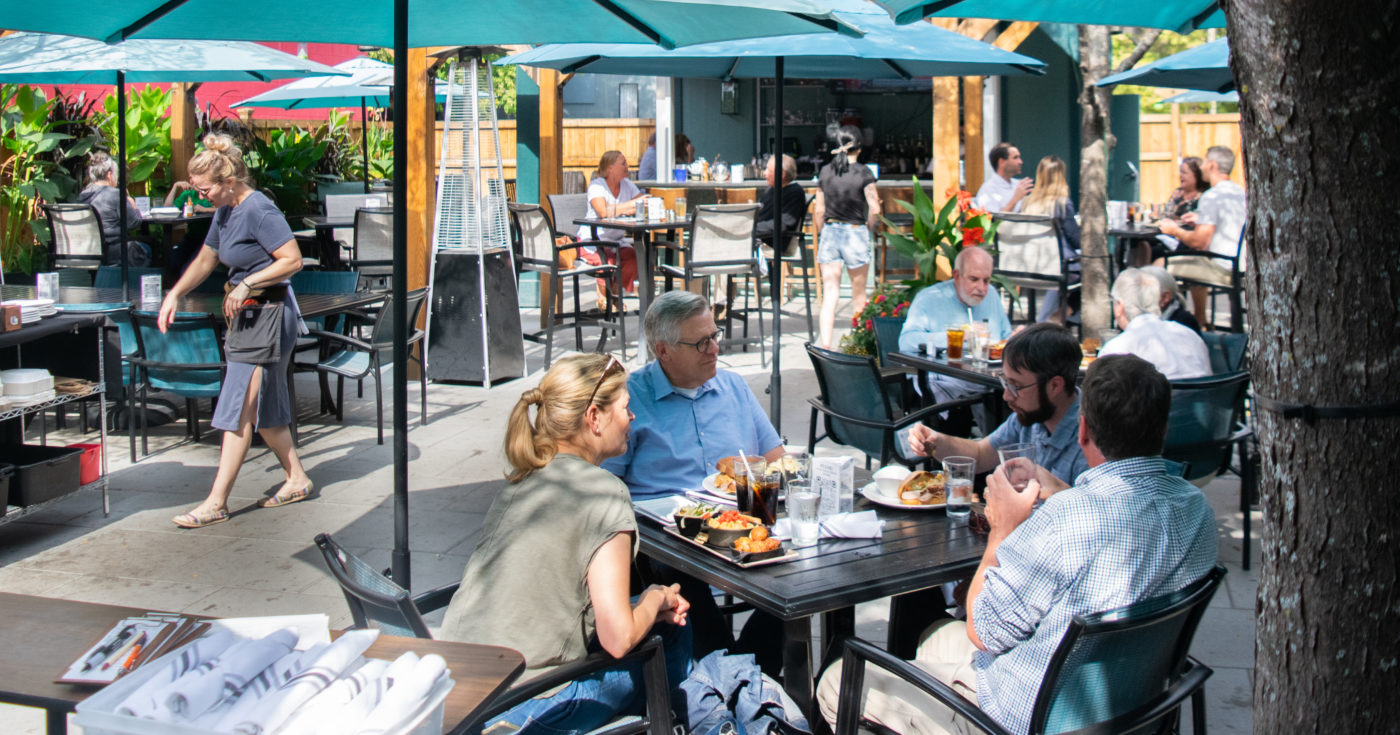In a Move Toward Equity and Sustainability, Minneapolis and Saint Paul Eliminate Parking Minimums
Vehicle parking and parking policy have a significant impact on our climate and communities—influencing everything from how much we drive to the cost of housing. This summer, recognizing those impacts, both Saint Paul and Minneapolis became leaders in eliminating minimum requirements for off-street parking citywide!
So what are parking minimums anyway—and why is doing away with them so exciting? Parking minimums are a form of city zoning code that became prevalent in the 1940s when auto industry lobbyists pushed municipalities to create more parking. They require that developers build off-street parking based on ratios of employees or tenants or building size, and they are commonplace in major U.S. cities. These types of policies have led to 36 percent of Saint Paul’s land area being devoted to the moving and storing of automobiles. Yikes! That is space that could be used for more housing, more green space, or other uses that could make Saint Paul an even better place to live, work, and play. As City Councilmember Mitra Jalali put it before the new policy was approved:
“If you build a new bar, under our current zoning rules, nearly two-thirds of the land would need to be parking. That makes no sense.”
Real estate developers looking to build new housing, retail, or office buildings in Saint Paul will no longer have to read the fine print of city zoning ordinances to determine how much off-street parking to provide. They can now stop over-building parking to store cars and instead focus on maximizing other ways of getting around—like providing transit passes and real-time information about bus and train schedules, bicycle parking, and pedestrian connections. At a critical time for air quality and climate action, this change moves the City closer to its goal of reducing vehicle miles traveled by 40 percent by the year 2040, and achieving carbon neutrality by 2050.
These changes will also help economically. Small businesses who might not be able to afford the average $5,000-a-space parking lot have a better chance to grow under the new policy and housing developers can spend less on structured parking spaces, which often cost between $25,000 and $50,000 per space!
Saint Paul residents, and communities of color and low-income communities in particular, also stand to benefit from the new policy in their household budgets and with a more equitable city overall. Whether you bus, bike, or drive, we all subsidize parking by paying higher prices for groceries, goods, and services at places where parking is provided or by paying for parking where we rent—even if we don’t own a car! This dynamic deepens disparities in communities of color and low-income communities where car ownership is less common, but the harms and barriers created by excess parking are disproportionate. Changing our infrastructure priorities from parking to transit, biking, walking, and rolling can begin to reduce these inequities.
Ending parking minimums is a huge step toward creating a more just, sustainable, and thriving city that puts people first. We applaud these changes and look forward to continuing our work with the City of Saint Paul and with developers and property managers to make walking, biking and taking transit an easy first choice.
For more on the surprising ways that parking affects our cities and the people who live and work here, check out Move Minnesota’s short and informative 2021 Twin Cities parking report.

